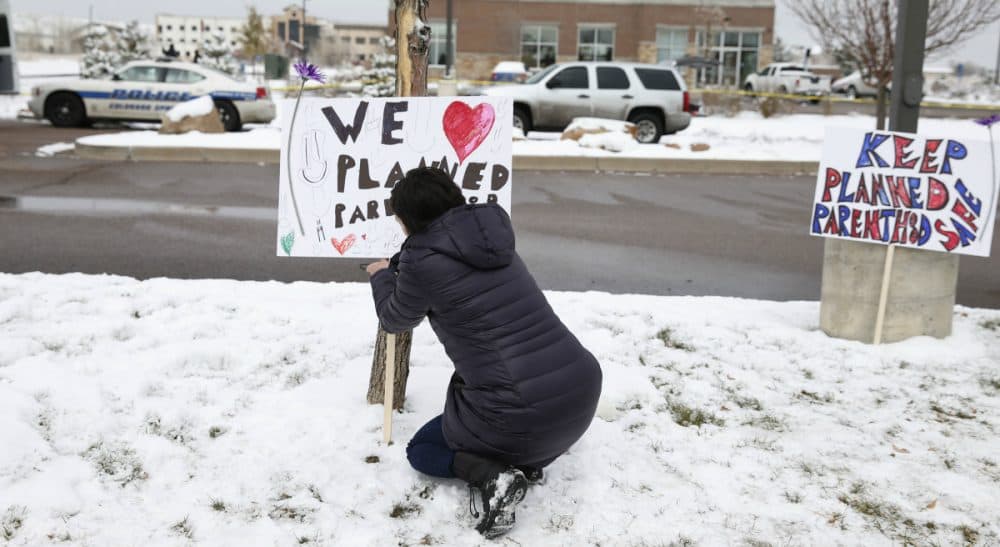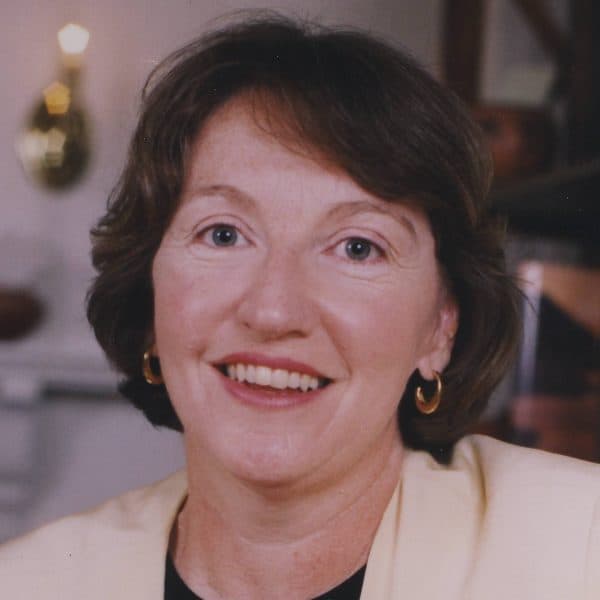Advertisement
A Crisis In Women's Health: Abortion Clinics Are Under Attack And The Medical Mainstream Is To Blame

It is past time to demand that the medical profession normalize abortion in the United States by fully integrating the procedure into hospital settings and doctors’ offices, eliminating the vulnerability of freestanding clinics to the bombers, arsonists and murderers who have been targeting them for 42 years.
Soon enough we will know whether mental illness, anti-abortion extremism or a mix of both drove Robert L. Dear Jr. to train his semiautomatic rifle on the Planned Parenthood clinic in Colorado Springs. We already know that the three people killed and nine wounded last Friday were sitting ducks.
the three people killed and nine wounded last Friday were sitting ducks.
The victims were not vulnerable because Planned Parenthood skimps on security; abortion clinics have invested heavily in metal detectors, armed guards and safe rooms since John Salvi shot and killed Shannon Lowney and Lee Ann Nichols at the Planned Parenthood and Preterm clinics in Brookline on a late December morning in 1994. They were at risk because too many hospitals and physicians’ groups have quarantined abortion from the mainstream practice of medicine since the U.S. Supreme ruled in 1973 that a woman’s right to end an unwanted pregnancy is constitutionally protected.
The vocal opposition that greeted the court’s decision in Roe v. Wade ensured that having the right to abortion would not mean being able to exercise it. But, instead of standing with women, skittish hospitals and doctors outsourced abortion (and the protests it provoked) to health clinics that women’s rights advocates set up in strip malls, Main streets and office parks. Those stand alone locations had the advantage of bringing low-cost abortion services closer to women but their isolation also meant the clinics were literally standing alone, easily targeted by peaceful protesters and violent extremists alike.
Had hospitals and physicians’ groups integrated the procedure into their menu of routine medical services, bombers and arsonists would have been harder pressed to paint a bulls-eye on abortion providers.
That, of course, did not happen.
Three years after Roe, 70 percent of non-Catholic general hospitals and 80 percent of public hospitals did not perform abortions, according to a Planned Parenthood study at the time. Today, hospitals provide just 4 percent of the abortions in the U.S., according to the Guttmacher Institute, the non-profit organization’s research arm.
Doctors, too, were complicit in the marginalization of abortion services. In 2011, a study by the American College of Obstetricians and Gynecologists found that 97 percent of those specialists had met with a patient seeking an abortion, but only 14 percent performed the procedure. A physician’s religious objection to abortion was rarely the reason, a sociologist at the University of California, San Francisco found. In her 2011 book, "Willing and Unable," Lori R. Freedman found that even doctors willing to perform abortions bowed to objections from their hospitals or other physicians in their private practices.
Younger doctors, many of them women, offer some hope for change. Medical Students for Choice is a non-profit founded 20 years ago to push medical schools and residency programs to provide abortion training as a regular part of medical education. (There are chapters at Boston University, Harvard, Tufts and the University of Massachusetts Medical School.) But no sooner was a federal law passed to require that abortion procedures be taught than Congress undercut enforcement by stipulating that no school could be punished for failing to do so.
abortion providers ... have stood with their patients for 42 years while the medical establishment turned away.
The consequences are stark: 87 percent of counties in the U.S. have no abortion providers, the result of that lack of training and the decision of too many state legislatures to make it more difficult for freestanding clinics to operate. Last month, the U.S. Supreme Court agreed to hear a challenge to a Texas law that requires abortion clinics to meet the strict standards applied to “ambulatory surgical centers,” restrictions that are financially prohibitive and medically unnecessary. The political goal and the practical effect of the law is to drive clinics out of business, reducing the number of abortion providers in Texas from 40 to 10 or fewer, all of them located in big cities.
Where will women go? Will hospitals and private physicians’ groups, in small towns as well as urban centers, step in to meet the need?
This is a crisis in women’s health, a crisis just as real as the carnage inflicted in Colorado Springs. It is a crisis being borne by abortion providers who have stood with their patients for 42 years while the medical establishment turned away. It is past time for a change.
